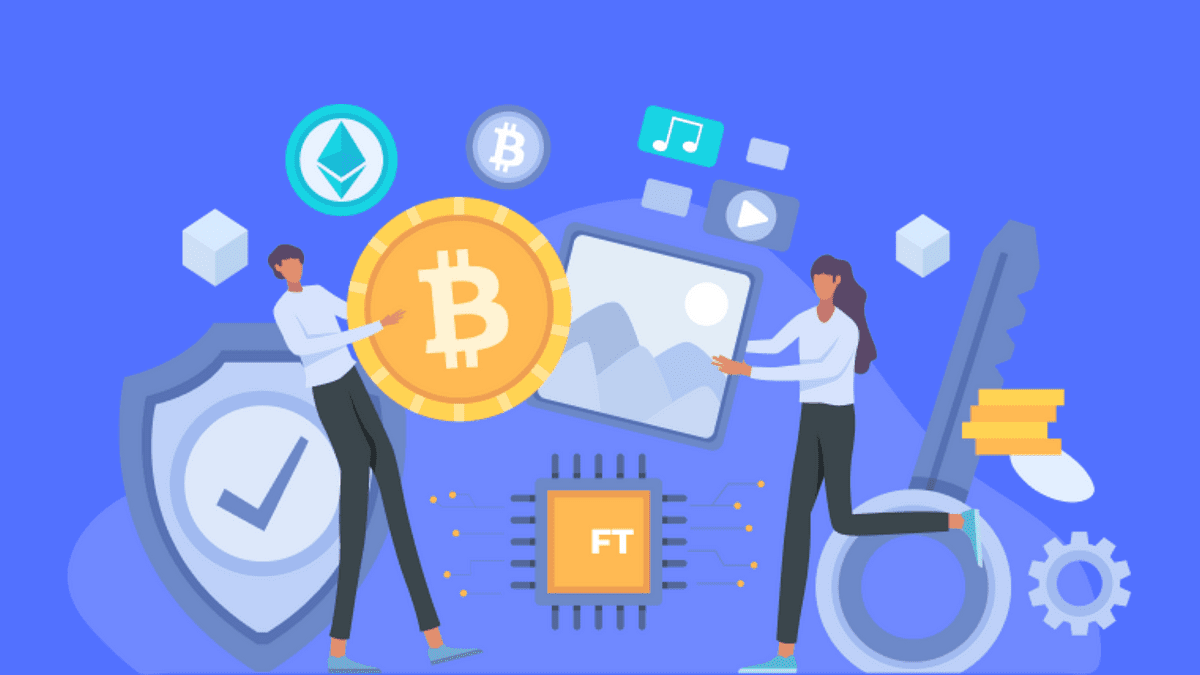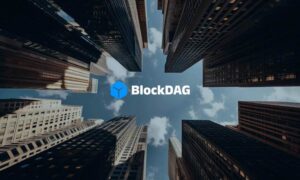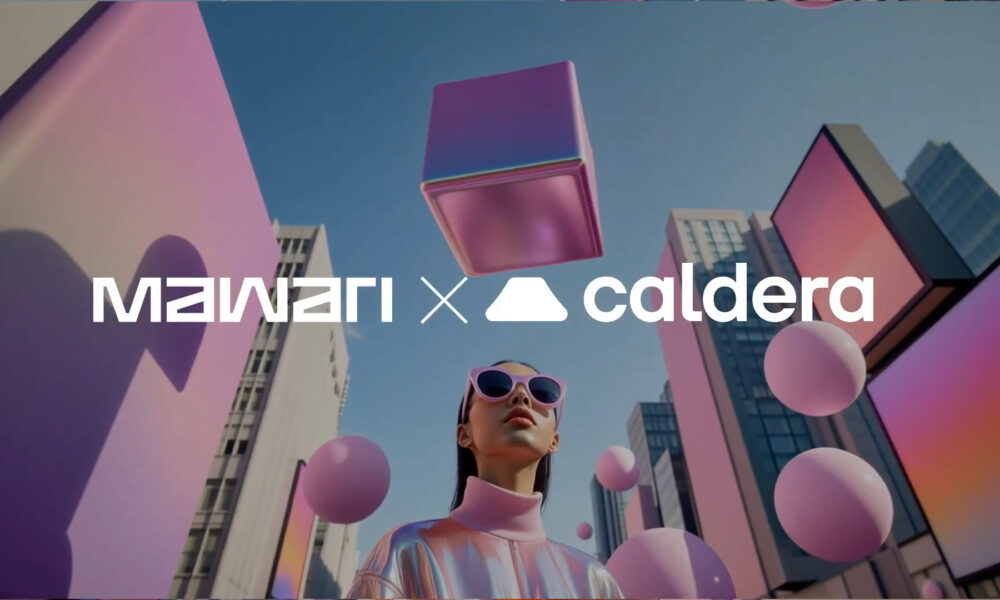The world of finance is on the brink of a transformative journey, and the driving force behind this paradigm shift is Real World Asset (RWA) tokenization. In this article, we will explore the exciting fusion of RWA tokenization, Account Abstraction, and the Ethereum Request for Comments (ERC) standards, specifically ERC6960 and ERC3643. These elements are shaping a new era of financial innovation that promises to democratize access to real-world assets.
Real World Asset Tokenization (RWA):
RWA tokenization represents a monumental shift in the financial landscape. It involves converting tangible, real-world assets, such as real estate, fine art, and revenue streams, into digital tokens on a blockchain. This digital representation of physical assets offers a host of benefits, ranging from increased liquidity to fractional ownership and accessibility.
Unlocking Liquidity:
One of the primary advantages of RWA tokenization is the ability to unlock liquidity in traditionally illiquid assets. Real estate, for instance, is a sector where assets can be relatively challenging to buy or sell quickly. Tokenization enables these assets to be divided into smaller, tradable units, thus facilitating fractional ownership and liquidity.
Democratizing Investment:
RWA tokenization also paves the way for democratizing investment opportunities. Historically, high-value assets have been the privilege of the wealthy elite. However, with tokenization, even modest investors can own fractional shares of valuable assets. This inclusive approach has the potential to reshape wealth distribution and democratize investment.
Reducing Barriers:
Furthermore, RWA tokenization reduces entry barriers to previously inaccessible markets. With blockchain technology becoming more mainstream, it empowers a broader spectrum of investors and entrepreneurs to participate in asset tokenization projects. The elimination of intermediaries streamlines transactions, reducing costs and complexities.
The Role of Account Abstraction:
Account Abstraction is a pivotal concept in this transformative journey. It allows for flexible interactions with smart contracts, permitting the payment of transaction fees in tokens other than Ether (ETH). This flexibility opens doors for more complex and diverse transactions and use cases.
ERC6960: A Game-Changer:
ERC6960, an Ethereum Improvement Proposal (EIP), introduces Account Abstraction into the Ethereum ecosystem. This EIP enhances the flexibility and functionality of the Ethereum network, making it a more robust platform for decentralized applications (dApps). With ERC6960, developers have the tools to create sophisticated smart contracts and applications, thus facilitating the process of RWA tokenization.
The Significance of ERC3643:
On the other hand, ERC3643 is another Ethereum Improvement Proposal designed to standardize RWA tokens. This standardization is pivotal for ensuring compatibility and interoperability between RWA tokens on the Ethereum network. By adhering to a common set of rules and conventions, different RWA token projects can seamlessly work together.
Conclusion:
Real World Asset tokenization, in tandem with Account Abstraction, ERC6960, and ERC3643, holds immense potential for reshaping the financial industry. It is poised to bridge the gap between traditional finance and decentralized finance, democratizing access to real-world assets and revolutionizing investment. As the technology matures, we can expect RWA tokenization to usher in a more equitable and accessible financial system.we can expect RWA tokenization to usher in a more equitable and accessible financial system.

































